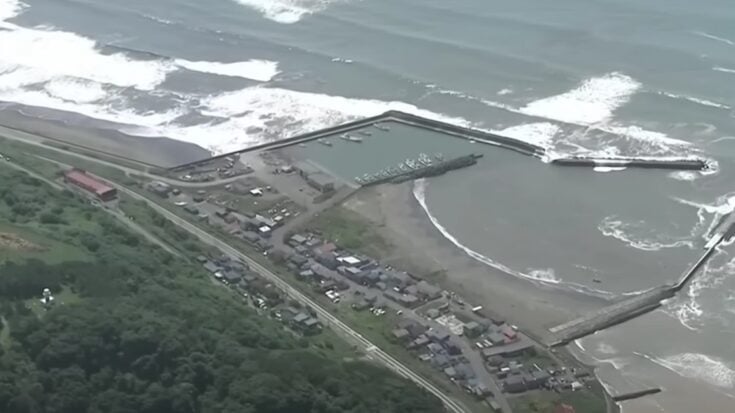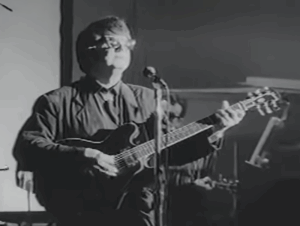US West Coast on Alert: 8.0 Earthquake Near Russia Sparks Tsunami Fears

via Eyewitness News ABC7NY / Youtube
Powerful 8.8‑Magnitude Quake Off Russia Triggers Widespread Tsunami Alerts
Late on July 29, 2025, a massive magnitude 8.8 earthquake struck off the southeastern coast of Russia’s Kamchatka Peninsula, at a shallow depth of roughly 11 miles. It ranks among the strongest tremors ever recorded.
Tsunami Alerts Across the Pacific
The quake prompted tsunami warnings, watches, and advisories spanning Hawaii, Alaska, Japan, the U.S. West Coast, and numerous Pacific nations. Cities from Cape Mendocino in Northern California to the Oregon border fell under heightened alert. Emergency measures also extended to British Columbia, Guam, Ecuador, and even parts of Russia.
Local Response in Hawaii
Honolulu saw coastal evacuations and local sirens blared across multiple islands. Traffic gridlock ensued as residents and visitors headed to higher ground. The Hawaii County Civil Defense Agency and Governor Josh Green urged people to stay at least 120 meters (4,000 feet) from the shoreline and to avoid beaches until further notice.
Coastal shelters opened, and officials turned off water supplies in some areas to prevent possible contamination.
Tsunami Impacts: Observed Wave Heights
- In Severo‑Kurilsk, Russia, local emergency services reported tsunami waves between 3 m and 5 m (approximately 9–16 feet), flooding low-lying neighborhoods. At least one kindergarten building was damaged, and around 2,000 residents were evacuated.
- In Hawaii, the Kahului gauge in Maui measured a wave amplitude of 4 feet, and Hilo recorded 4.9 feet above normal sea level.
- In Japan, initial forecasts anticipated waves up to 10 feet, but actual impacts were much smaller—about 2 feet in areas like Hokkaido. Evacuations persisted as a precaution.
Warnings Downgraded but Caution Continues
By early July 30, 2025, Hawaii’s tsunami warning was downgraded to an advisory, though many evacuation orders remained in place overnight.
The U.S. West Coast—from California through Washington and into British Columbia—continued under advisory status. Portions of Northeastern California remained under full warning status.
Alaska’s Aleutian Islands and mainland coast saw varying levels of alerts.
Government and Scientific Perspectives
National agencies, including the Pacific Tsunami Warning Center and National Weather Service, cautioned that tsunami effects may persist for hours or more than a day, as multiple wave surges can follow the first impact.
Governor Green reaffirmed that although no fatalities had been reported in Hawaii, the potential for strong waves remains. Early models suggested Hawaii might face waves totaling 6 feet peak‑to‑trough, or roughly 3 feet above sea level.
Emergency operations included the deployment of Black Hawk helicopters and high‑water vehicles on standby.
Historical Context
This quake is one of only a handful since the 1952 Severo‑Kurilsk event—a magnitude 9.0 shock that generated devastating waves up to 18 meters (~60 feet) and resulted in thousands of deaths.
Another notable event was the 1963 Kuril Islands earthquake (M 8.5), which generated smaller tsunamis observed across the North Pacific.
WATCH THE REPORT BELOW:













